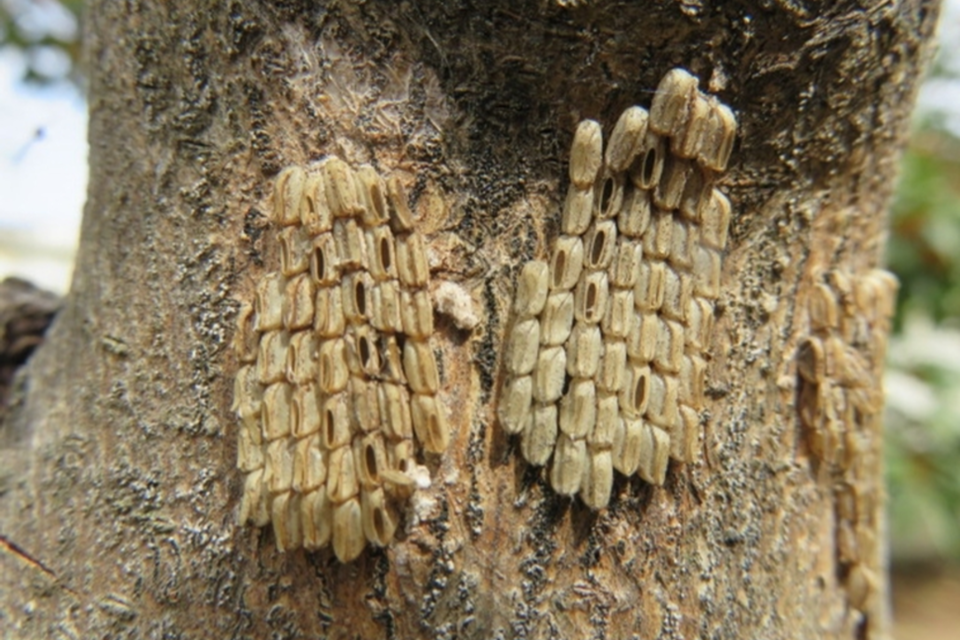Recently, the Georgia Department of Agriculture (GDA) has received confirmation from the United States Department of Agriculture (USDA) that the first detection of Spotted Lanternfly (Lycorma delicatula or SLF), an invasive planthopper that poses a serious risk to the state's agriculture, was made in Fulton County, Georgia on October 22, 2024, and confirmed by USDA APHIS on November 14, 2024.
The first confirmed detection of the Spotted Lanternfly was made in Pennsylvania in 2014 and has spread to 17 states, including Tennessee and North Carolina.
“The Spotted Lanternfly, an invasive pest that poses a serious threat to our state’s #1 industry, has been detected for the first time in Georgia,” said Agriculture Commissioner Tyler Harper. “We urge anyone who sees the Spotted Lanternfly in their area to document it, report it, and kill it. Controlling the spread of the Spotted Lanternfly is our best strategy for safeguarding Georgia’s agriculture industry, and we are asking for the public’s help in this effort.”
To combat this threat, Georgians are encouraged to take immediate action if they spot a SLF:
- Take a clear picture of the pest.
- Kill it.
- Report your sighting using our online reporting tool at https://www.gainvasives.org/slf/report/.
Residents seeking professional treatment options: The GDA offers lists of licensed pesticide professionals who can provide assistance with applications.
Local UGA Cooperative Extension offices can offer advice and options to control Spotted Lanternflies.
About Spotted Lanternflies
Although the Spotted Lanternfly does not pose a direct threat to human health, it feeds on a variety of plants, including grapes, hops, stone fruits, and hardwood trees. Its feeding weakens these plants and produces a sticky, sugary fluid that encourages the growth of sooty mold, further harming crops. While the SLF prefers the Tree of Heaven (Ailanthus altissima), it can significantly impact many other species.
SLF overwinter in their egg stage, laying eggs from September to November, which then survive through the winter months until hatching in the spring when temperatures warm up; essentially, the adult lanternflies die with the first hard frost, but their eggs remain viable throughout the winter. We expect this stage of their life cycle to take place over the coming weeks.

(Pictured: Spotted Lanternfly egg mass. Photo by Kenneth R. Law, USDA APHIS PPQ, Bugwood.org)


(Pictured: Nymphs (juvenile Spotted Lanternflies) are black with white spots and turn red as they develop. Photos by Lawrence Barringer, Pennsylvania Department of Agriculture, Bugwood.org)


(Pictured: An adult Spotted Lanternfly. Photos by Lawrence Barringer, Pennsylvania Department of Agriculture, Bugwood.org)
For more information about the Spotted Lanternfly and how to identify it, please visit the Georgia Department of Agriculture’s website at https://agr.georgia.gov/spotted-lanternfly.




